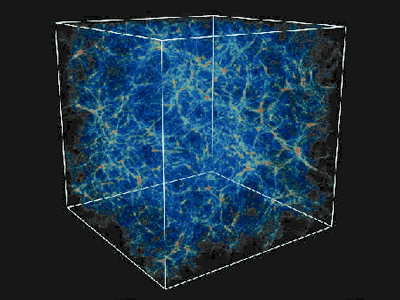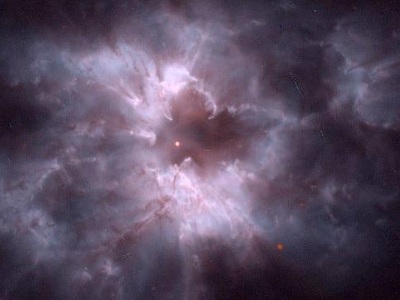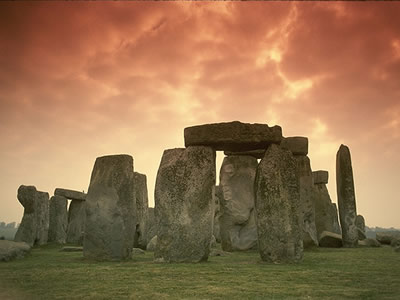Space
Have you ever gone out at on a cloudless night, when there is no bright Moon in the sky or
city lights to obscure your view, and been blown away by the astonishing number of stars in the sky? Probably for as long as people have been around, to look up into the sky, we have wondered what the many spots of light in the sky mean. Thousands of years ago, the
earliest civilizations observed the heavens. Early man observed the heavens because the
Sun,
Moon and
stars gave indication of coming
seasons to farmers and hunters. The sky aided in navigation especially for nomads and sailors. And many ancient civilizations thought the
sky gave signs of life, war, earthquakes, the fate of kingdoms...and more. Since the invention of the
telescope, we have been able to "see" further away and study
stars and
galaxies, as well as many of the more
mysterious objects in our Universe.
Stars don't last forever. Occasionally, a star bigger than our Sun will end its life in a huge explosion, called a
supernova. The center of the star collapses in less than a second, blowing away the outer layers of the star. There are many beautiful images of supernova remnants, the expanding shell of gas made up of the outer layers of the original star. This image is the Vela Supernova Remnant.
Cosmology is the study of the overall structure of the universe. The observable universe is the universe that reveals itself through
electromagnetic radiation that can be detected on Earth. Astronomers observe some rather interesting and perplexing structure in the
current universe. This image shows the results of a computer simulation depicting a large chunk of our universe.
As a star like our sun is running out of fuel in its core it begins to
bloat into a red giant. This will happen to our sun in 5 billion years. Then after a few million years the outer layers of the red giant will begin to puff off, leaving behind only the dead core of the star - a
white dwarf. A typical white dwarf is very dense and hot, and is about the
size of the Earth.A spoonful of white dwarf material on Earth would weigh as would much as a car.
There are over 900
rings of stone located in the British Isles. The most famous of these stone rings is of course,
Stonehenge. The stones of Stonehenge were put in place between 3,000 B.C and 2,000 B.C. by neolithic people.Some speculate that the site was built as a temple of worship of the ancient Earth deities. Some say it was used as an
astronomical observatory of sorts. Still others say it was a burial ground
Many cultures have seen distinctive patterns, called constellations, formed by the stars in the heavens. Constellations are usually comprised of bright stars which appear close to each other on the sky, but are
not necessarily close to each other in space. Many societies associated patterns among the stars with
gods and goddesses or stories from their culture






No comments:
Post a Comment